The Frida Kahlo Rose is a beautiful and unique rose variety that is named after the famous Mexican artist, Frida Kahlo. This rose features large, deep red blooms with a unique yellow undertone, and is known for its strong and spicy fragrance.
The Frida Kahlo Rose is a hybrid tea rose, which means that it is a cross between two different rose varieties. This particular rose was first introduced in 2018 by the French rose breeder, Meilland International. It quickly gained popularity for its stunning blooms and unique name.
Understanding the characteristics and growing requirements of the Frida Kahlo Rose is key to successfully caring for this beautiful flower.
Dos and Don’ts of Watering Your Frida Kahlo Rose

Watering is a critical aspect of caring for your Frida Kahlo Rose. Here are some dos and don’ts to keep in mind when watering your plant:
DO:
Water regularly
Frida Kahlo roses need regular watering, especially during the summer months. It’s best to water deeply at least once a week, ensuring that the water reaches the roots of the plant. Avoid getting water on the leaves or flowers, as this can lead to fungal diseases.
Fertilize regularly
Roses are heavy feeders, and Frida Kahlo roses are no exception. Fertilize your roses every four to six weeks during the growing season with a balanced fertilizer that contains nitrogen, phosphorus, and potassium.
Prune regularly
Pruning is an essential part of rose care. Frida Kahlo roses should be pruned in the early spring before new growth appears. Remove any dead or damaged wood, and prune back any branches that cross or rub against each other.
Provide adequate sunlight
Frida Kahlo roses need at least six hours of direct sunlight each day to thrive. Make sure your roses are planted in an area that gets plenty of sunlight throughout the day.
Mulch around the base
Mulching around the base of your roses helps retain moisture in the soil, suppress weeds, and regulate soil temperature. Use a layer of organic mulch, such as compost, shredded leaves, or pine needles, to a depth of about 2-3 inches.
DON’T:
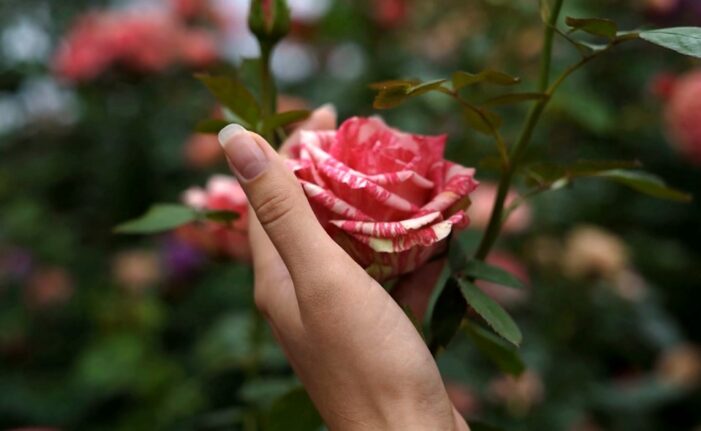
Overwater
While Frida Kahlo roses need regular watering, they do not like to be overwatered. Too much water can lead to root rot, which can be fatal to your plant. Water deeply once a week, and allow the soil to dry out slightly between waterings.
Prune too much
While pruning is necessary for healthy rose growth, it’s important not to prune too much. Pruning more than one-third of the plant at once can stress the plant and lead to poor growth.
Use too much fertilizer
Overfertilizing can be just as harmful as under-fertilizing. Too much fertilizer can lead to excessive growth, weak stems, and fewer flowers. Follow the package instructions carefully and fertilize your roses only as directed.
Plant in the wrong location
Frida Kahlo roses need plenty of sunlight and well-draining soil. Avoid planting them in shady areas or areas with poor drainage.
Neglect pest and disease control
Roses are susceptible to a variety of pests and diseases, including aphids, spider mites, and blackspots. Regularly inspect your roses for signs of pests or disease, and take action immediately if you notice any problems.
By following these dos and don’ts, you can ensure that your Frida Kahlo Rose receives the proper amount of water and stays healthy and vibrant
How to Properly Prune

Proper pruning is essential for keeping your Frida Kahlo Rose healthy and promoting new growth and blooms. Here are some steps to follow when pruning your plant:
- Use clean, sharp pruning shears to make your cuts. This helps prevent the spread of disease and ensures a clean cut.
- Start by removing any dead, damaged, or diseased wood. This includes any canes that are black or brown, or that have shriveled or cracked bark.
- Look for any canes that are crossing or rubbing against each other, and remove the weaker of the two.
- Cut back any canes that are growing inward towards the center of the plant, as this can lead to poor air circulation and disease.
- Remove any suckers that are growing from the base of the plant or from the rootstock, as these can sap energy from the main plant.
- Cut back the remaining canes to the desired height, making the cut just above a bud that is facing outward from the center of the plant.
It’s important to prune your Frida Kahlo Rose in the dormant season, which is typically in late winter or early spring. Avoid pruning your plant in the fall, as this can stimulate new growth that is vulnerable to winter damage.
Proper pruning will help keep your Frida Kahlo Rose healthy, vigorous, and blooming beautifully. With a little care and attention, your rose can thrive for many years to com
Soil Requirements And Sunlight Needs
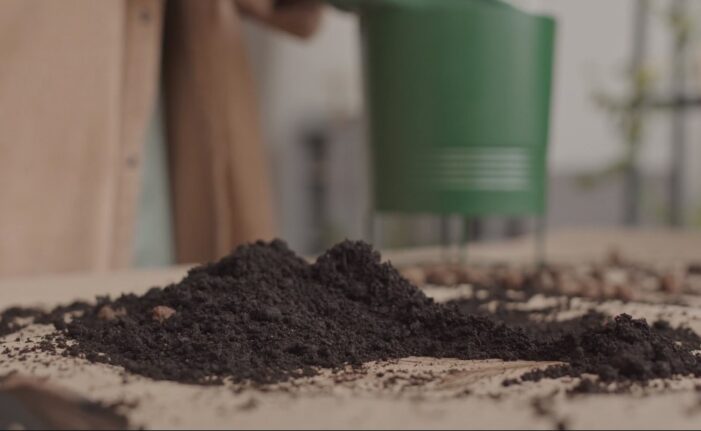
It thrives in full sunlight, which means it needs at least six hours of direct sunlight per day. However, in hot climates, the rose may benefit from some afternoon shade to prevent the blooms from fading too quickly.
When choosing a spot for your Frida Kahlo Rose, look for an area that receives plenty of sunlight and has well-draining soil
Frida Kahlo Rose prefers soil that is rich in organic matter and drains well. The ideal soil pH for this plant is between 6.0 and 6.5. If your soil is heavy or clay-like, consider amending it with compost or well-rotted manure to improve drainage and add nutrients.
It’s also a good idea to add a layer of mulch around the base of your plant to help retain moisture and suppress weeds.
When planting your Frida Kahlo Rose, dig a hole that is slightly larger than the root ball and backfill it with soil that has been amended with compost or other organic matter. Water your plant deeply after planting, and continue to water regularly to ensure that the soil stays evenly moist.
With the proper soil and sunlight conditions, your Frida Kahlo Rose can grow into a healthy, vibrant plant with stunning blooms.
Pests and Diseases: Common Problems and Solutions
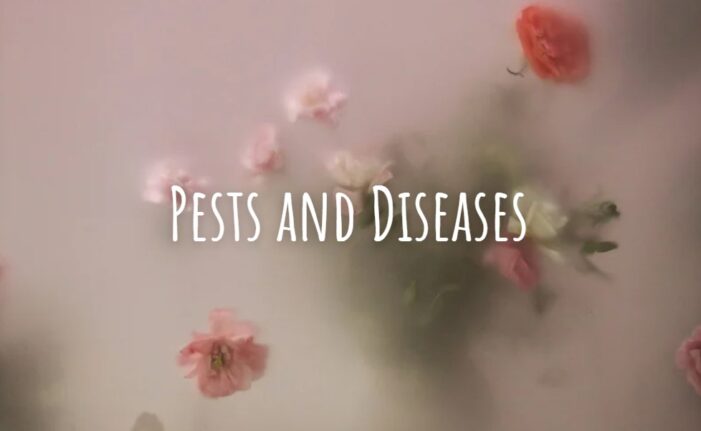
Pests and diseases can be common problems for Frida Kahlo Roses, but with proper care and attention, these issues can often be prevented or managed effectively. Here are some common pests and diseases to watch out for, as well as solutions for dealing with them:
Aphids
These small, soft-bodied insects can be found on the leaves and stems of the plant. They suck the sap from the plant, causing stunted growth and distorted leaves. To control aphids, you can wash them off the plant with a strong jet of water or apply insecticidal soap.
Spider mites
These tiny pests are difficult to see but can cause yellowing and browning of the leaves. To control spider mites, you can wash the plant with a strong jet of water or apply a miticide.
Black spot
This fungal disease causes black spots to form on the leaves of the plant. To prevent black spot, avoid getting water on the leaves of the plant, and ensure that there is good air circulation around the plant. If a black spot appears, you can remove the affected leaves and apply a fungicide.
Powdery mildew
This causes a white powdery coating on the leaves of the plant. To prevent powdery mildew, ensure that there is good air circulation around the plant and avoid getting water on the leaves. If powdery mildew appears, you can remove the affected leaves and apply a fungicide.
By monitoring regularly for signs of pests and diseases, and taking action quickly when issues arise, you can help keep your plant healthy and beautiful. Regular care and maintenance will also help prevent many common problems from occurring in the first place.
How to Fertilize Your Frida Kahlo Rose
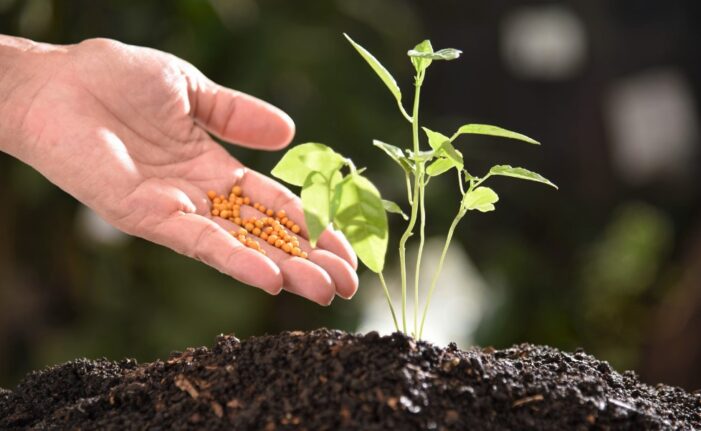
Fertilizing your Frida Kahlo Rose is important for promoting healthy growth and blooms. Use a balanced fertilizer that has a balance of nitrogen, phosphorus, and potassium.
Apply fertilizer in early spring, just as new growth is beginning to appear, and apply it evenly around the base of the plant, avoiding getting it on the leaves or stems. Water your plant deeply after applying fertilizer to help ensure that the nutrients are distributed evenly throughout the soil.
Be sure to follow the package instructions for the fertilizer you are using, as different fertilizers may have different application rates.
Over-fertilizing your Frida Kahlo Rose can lead to excessive foliage growth and weaker blooms. With proper fertilization, your plant will thrive and produce beautiful, healthy blooms all season long.
Mulching: Benefits
Mulching your Frida Kahlo Rose has several benefits for the plant and your garden as a whole.
Here are some of the top benefits:
Retains moisture
Mulch helps to retain moisture in the soil, reducing the need for frequent watering. This is especially important during hot, dry weather when the soil can quickly dry out
Suppresses weeds
A layer of mulch helps to suppress weeds, reducing the amount of time and effort needed to keep your garden weed-free.
Regulates soil temperature
Mulch helps to regulate soil temperature, keeping it cooler in the summer and warmer in the winter. This creates a more stable environment for your plants to grow in.
Adds nutrients to the soil
As mulch breaks down, it adds organic matter to the soil, improving soil health and providing nutrients to your plants.
Protects roots
Mulch provides a protective layer over the soil, protecting the roots of your Frida Kahlo Rose from extreme temperatures and weather conditions.
Overall, mulching is a simple yet effective way to improve the health and beauty of your garden. By adding a layer of mulch around your Frida Kahlo Rose, you can help ensure that it receives the nutrients and moisture it needs to thrive, while also keeping your garden looking neat and well cared for.
Propagation
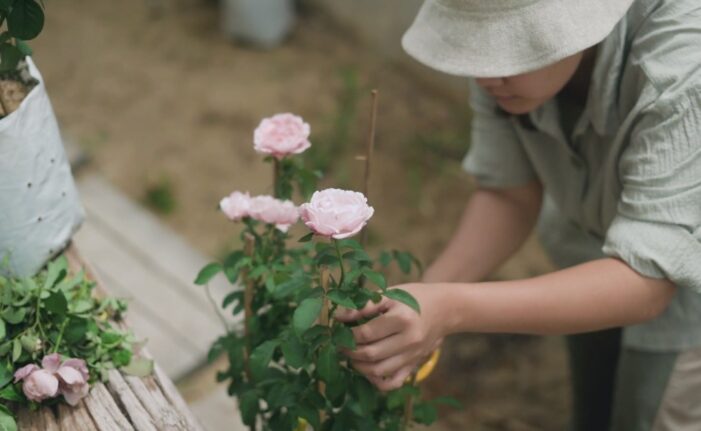
Propagating is a rewarding way to expand your garden and enjoy more of this beautiful plant. The best time to propagate your rose is in early spring, and it’s important to choose healthy plants for the process.
- To propagate your Frida Kahlo Rose, take cuttings of the stem and remove the lower leaves, leaving only a few at the top.
- Plant the cuttings in a well-draining potting mix and keep the soil moist but not waterlogged.
- Cover the cuttings with a clear plastic bag or dome to create a humid environment that will help the cuttings root.
- Keep the cuttings in a warm, bright area out of direct sunlight, and mist the leaves regularly to maintain humidity.
- Once the cuttings have developed strong roots, typically within 4-6 weeks, transplant them into individual pots or your garden.
With the proper care and attention, propagating your Frida Kahlo Rose can be a successful and rewarding process that allows you to enjoy more of this beautiful plant in your garden.
FAQs

Can Frida Kahlo Roses Tolerate Shade?
No, Frida Kahlo roses cannot tolerate shade. They require at least six hours of direct sunlight each day to thrive. If they are planted in a shady area, they may not produce as many flowers or may not grow as vigorously.
It’s important to plant Frida Kahlo roses in a location that gets plenty of sunlight throughout the day.
How Often Should I Water?
Roses prefer to be watered deeply and consistently, so it is best to water your Frida Kahlo Rose every 1-2 days during the growing season. If your area experiences periods of drought, you may need to water more frequently. Additionally, you should always allow the soil to dry out between waterings, as roses do not like to have wet feet.
When Should I Prune My Frida Kahlo Rose?
Pruning your Frida Kahlo Rose should be done in late winter after the threat of extreme cold has passed. This is the optimum time for pruning, as it will help promote healthy growth and flowering. Pruning should involve removing any dead or damaged branches and lightly pruning the plant to promote shape and increase branching.
Can I Grow from Seed?
While it is possible to grow Frida Kahlo roses from seed, it is not recommended as the resulting plants may not have the same traits as the parent plant. This is because hybrid tea roses like Frida Kahlo are created by crossing two different parent plants, and the resulting seeds may not produce the same characteristics as the original plant.
Growing roses from seed can be challenging and time-consuming, as they often require special care and attention to germinate and grow properly. For this reason, it is generally recommended to propagate Frida Kahlo roses through cuttings or layering, rather than from seed.
What Is the Best Soil?
The best soil for Frida Kahlo Roses is well-draining, fertile soil with a neutral pH. The soil should also be amended with organic matter such as compost, manure, or peat moss to improve its quality and structure. You should also add a slow-release fertilizer or a water-soluble fertilizer to help the plants grow and thrive.
How Often Should I Fertilize?
To benefit from regular fertilization during the growing season to encourage healthy growth and flowering. It’s recommended to use a balanced fertilizer such as 10-10-10 every 4-6 weeks during the growing season.
Be sure to follow the package instructions for the specific fertilizer you choose, as different products may have different application rates and schedules.
Over-fertilization can be harmful to your plant, so be sure to follow the recommended dosage and avoid applying too much fertilizer at one time. With proper fertilization, your Frida Kahlo Rose can thrive and produce abundant blooms.
How Much Sunlight Does It Need?
It prefers full sun to partial shade, with at least 6 hours of direct sunlight per day. In hotter climates, they may benefit from some afternoon shade to prevent sun damage. If your plant isn’t receiving enough sunlight, it may not produce as many blooms or may become leggy and weak.
On the other hand, if it’s exposed to too much direct sunlight, it may suffer from sunburn or dehydration. By providing your Frida Kahlo Rose with the right amount of sunlight, you can help ensure that it thrives and produces beautiful blooms.
Should I Deadhead My Frida Kahlo Rose?
Yes, it’s recommended to deadhead your Frida Kahlo Rose regularly throughout the growing season. Deadheading is the process of removing spent blooms, and it can help encourage your plant to produce more flowers.
By removing the spent blooms, you also prevent the plant from using energy to produce seeds, which can redirect that energy to producing new blooms.
Deadheading can also help keep your plant looking tidy and healthy, and prevent the spread of diseases that can affect spent blooms. To deadhead your Frida Kahlo Rose, simply use sharp, clean pruners to snip off the spent blooms just above the first set of healthy leaves.
Conclusion
Caring for Frida Kahlo roses requires regular attention, including proper watering, fertilizing, pruning, and pest and disease control. By following these dos and don’ts, you can ensure that your roses thrive and bloom beautifully year after year.

